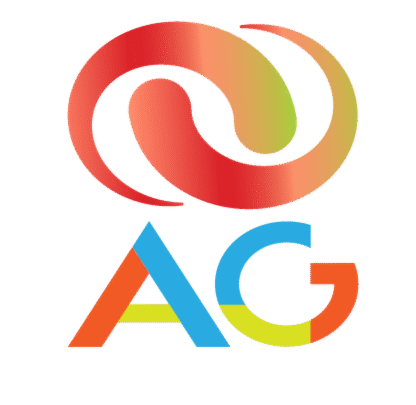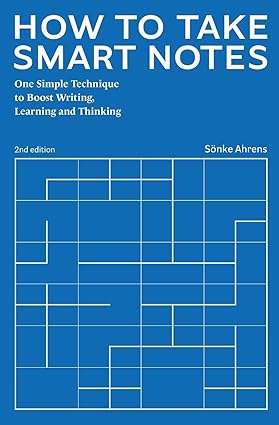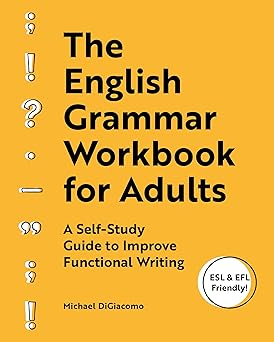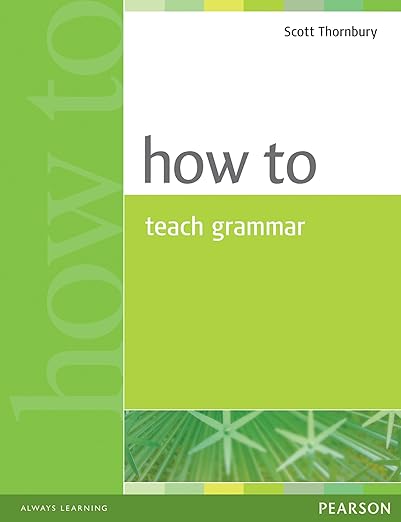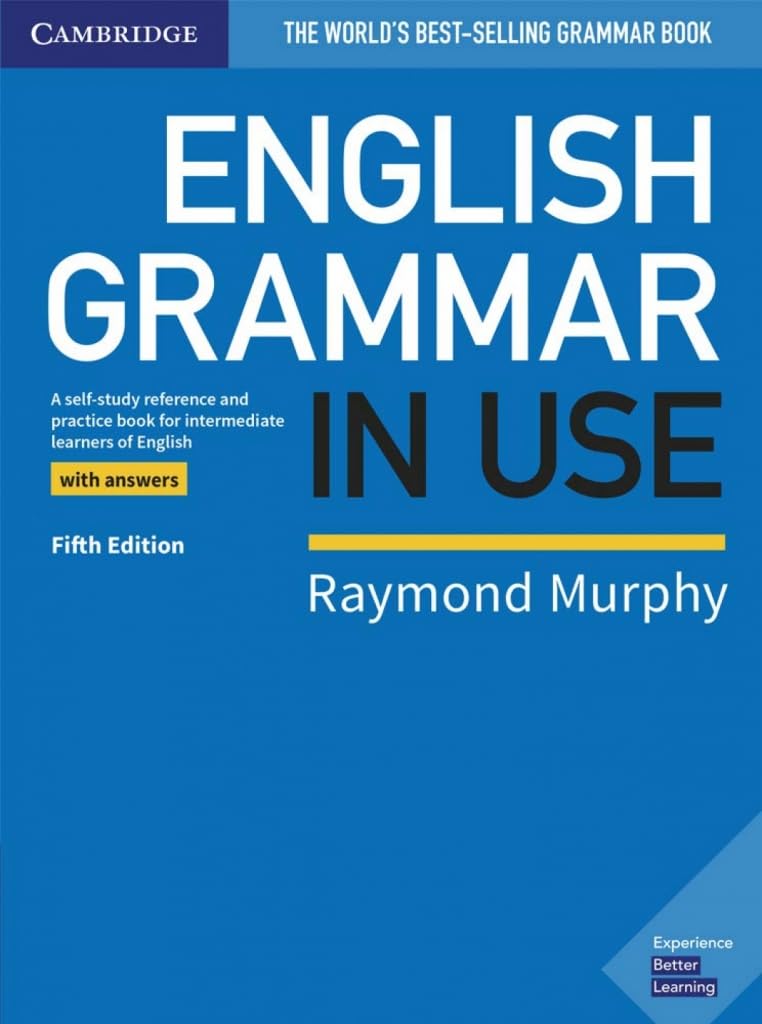Length: Approx. 700+ words
Sönke Ahrens’ How to Take Smart Notes is a thought-provoking and practical guide that introduces readers to an efficient method of note-taking designed to enhance productivity, creativity, and deep understanding. Rooted in the Zettelkasten (German for “slip-box”) system developed by prolific sociologist Niklas Luhmann, the book presents a structured approach to organizing thoughts, making connections, and producing better academic or creative work with less stress and more insight.
Overview
At its core, How to Take Smart Notes is not just about taking notes — it’s about rethinking how we learn, write, and process information. Ahrens argues that most students and professionals approach note-taking as a passive process: highlighting texts, copying quotes, or jotting random ideas in notebooks that are rarely revisited. In contrast, the Zettelkasten method encourages active engagement with content by summarizing ideas in one’s own words, connecting them to existing notes, and constantly revisiting and refining the note system.
Ahrens doesn’t just explain the method; he explores the philosophy behind it. He dives into topics such as productivity myths, the psychology of learning, the importance of writing for thinking, and how externalizing ideas helps us build a personal knowledge system that grows over time. The book appeals not only to academics and students but to writers, researchers, and lifelong learners who want to make their knowledge management more intentional and efficient.
Pros
1. Clear Introduction to the Zettelkasten Method
The book is one of the most accessible resources for understanding the Zettelkasten technique. Ahrens explains the core concepts — fleeting notes, literature notes, permanent notes — with clarity and logic. He provides practical examples of how to take notes in your own words and connect them meaningfully. Even readers unfamiliar with the original method will be able to implement a simplified version quickly.
2. Focus on Learning and Thinking
One of the most refreshing aspects of this book is that it doesn’t treat note-taking as an end in itself. Instead, it emphasizes how notes can support actual thinking and writing. Ahrens makes a compelling argument that writing isn’t the final step of knowledge work; it’s part of the thinking process. His approach encourages you to write constantly as a way to clarify your thoughts and deepen your understanding.
3. Anti-Procrastination by Design
The system outlined in the book naturally helps overcome the dread and procrastination often associated with writing and research projects. By building a habit of regularly capturing and connecting thoughts, users can gradually amass a rich web of ideas. When it’s time to write, most of the thinking and preparation is already done. This structure alleviates the pressure of starting from scratch and promotes a more organic and stress-free writing process.
4. Integration with Digital Tools
While Ahrens discusses the analog origins of the Zettelkasten, he also acknowledges the power of digital tools. Readers who prefer using software like Obsidian, Notion, or Zettlr will find the method adaptable and scalable. The principles remain the same — create atomic, connected notes that live within a system rather than scattered documents or folders.
5. Deeply Researched and Conceptually Strong
The book is rich in academic references and draws from learning psychology, cognitive science, and education theory. This grounding lends the methodology academic credibility, and Ahrens does a good job of synthesizing research into digestible takeaways. The theoretical backing enhances the system’s reliability and helps readers appreciate why it works.
Cons
1. Repetition and Over-Explanation
While the content is intellectually rich, the writing style can feel repetitive. Key points are reiterated in slightly different wording across multiple chapters. This may be helpful for some readers seeking reinforcement, but others might find the redundancy unnecessary. A more concise structure would have made the book sharper and more focused.
2. Lack of Step-by-Step Walkthroughs
Though Ahrens does explain the Zettelkasten system in detail, the book stops short of providing a fully guided, step-by-step tutorial for beginners. For instance, while the different types of notes are described well, some readers may wish for a sample workflow or visual representation of how the notes evolve into finished writing. Those who prefer practical instructions might find themselves turning to blogs, YouTube channels, or forums for additional guidance.
3. Primarily Targeted at Academics
The book leans heavily on academic writing and research scenarios, which might alienate casual readers or professionals in other fields. While the method is absolutely transferable to other domains — such as journalism, business writing, or creative work — the examples often revolve around academic papers, university work, or scientific research. A broader range of applications could make the book more universally engaging.
Final Thoughts
How to Take Smart Notes is a valuable contribution to the productivity and learning landscape. It’s not a flashy self-help book filled with hacks or motivational anecdotes; rather, it’s a thoughtful guide to cultivating a better thinking and writing habit through structured note-taking. Ahrens’ embrace of the Zettelkasten method offers a long-term strategy for managing knowledge in a way that feels coherent, sustainable, and intellectually rewarding.
If you’re a student, writer, researcher, or someone who deals with large amounts of information regularly, this book can be transformative — provided you take the time to understand and implement its principles. While the text could benefit from tighter editing and more hands-on examples, its core message is strong: the way we take notes determines how well we learn, think, and create.
Verdict:
Rating: 4.5 out of 5
Highly recommended for knowledge workers, researchers, and lifelong learners who want to improve their thinking and writing process through better note-taking.
You can purchase this ebook on Amazon.
